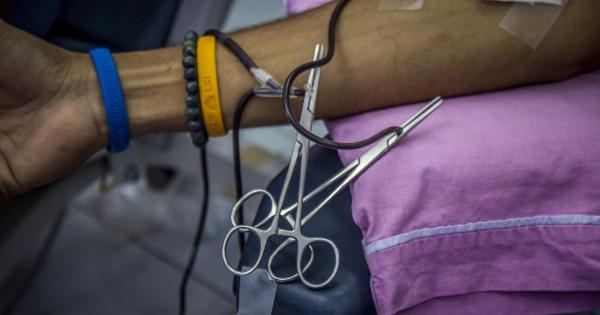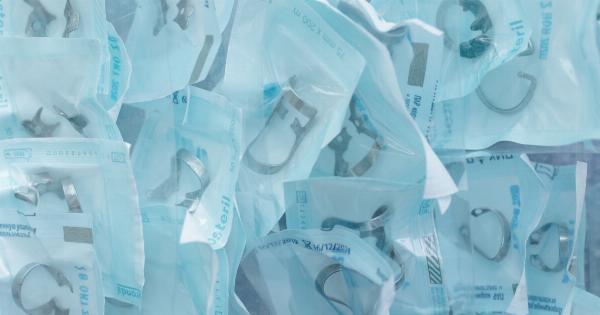Otoplasty, also known as ear surgery, is a surgical procedure used to correct ear deformities or defects. While most otoplasty patients are adults, children can also undergo this procedure.
If you’re a parent considering otoplasty for your child, here are some things you should know.
When is Otoplasty Required?
Otoplasty is commonly performed to correct prominent ears, also known as “bat ears”. This condition arises when the ear cartilage does not develop as it should, causing the ears to protrude unnaturally from the head.
Children with prominent ears often become the target of bullying or teasing from their peers. Although this condition is not life-threatening, it can impact the child’s self-esteem and psychological well-being.
Other common reasons for otoplasty in children include:.
- Ears that are too small or too large
- Misshapen ears due to a birth defect or injury
- Asymmetrical ears
The Ideal Age for Otoplasty in Children
The ideal age for otoplasty in children is between 4 to 14 years old. This is because the ears are fully developed by the time a child reaches 4 years of age.
By performing otoplasty during this age range, the child’s ears can be corrected before they start school, preventing teasing or bullying from peers. Additionally, children at this age are more adaptable to change, so they tend to recover faster and adjust better to the outcome of the surgery.
Choosing a Surgeon
When choosing a surgeon for your child’s otoplasty, it is important to look for a qualified and experienced surgeon. Find a surgeon who is certified by the American Board of Plastic Surgery and has experience performing otoplasty on children.
During your consultation, ensure that the surgeon is willing to address all your concerns and answer all your questions. You should also review the surgeon’s credentials, portfolio, and testimonials before making a final decision.
The Otoplasty Procedure
Otoplasty typically takes 1 to 2 hours and is performed under general anesthesia for children. The exact technique used will depend on the patient’s individual circumstances. However, the procedure commonly involves the following:.
- An incision is made behind the ear, which allows the surgeon to access the underlying cartilage
- The cartilage is reshaped or sometimes a small piece of cartilage is removed
- Sutures are used to secure the cartilage in place, pulling the ear closer to the head
- The incision is then closed, and a dressing is applied to the ear to help maintain its new shape
Recovery and Postoperative Care
After the procedure, children typically experience some discomfort and swelling. Pain medication will be prescribed to manage any pain or discomfort.
Parents should also be prepared to assist their child in maintaining proper head positioning, which is usually required for about a week after surgery. This is to help facilitate proper healing of the ear cartilage. The dressing is usually removed a few days after surgery and replaced with a lighter bandage.
Children can return to school in about a week but should avoid any physical activities or sports for at least 4 weeks after the surgery.
The Risks and Complications of Otoplasty
Like any surgical procedure, otoplasty comes with some risks and complications. However, these risks are minimal in healthy patients and rare when performed by an experienced surgeon. Some common risks and complications of otoplasty include:.
- Bleeding or hematoma
- Infection
- Unsatisfactory results
- Asymmetry
- Over-correction or under-correction
- Scarring or keloids
The Benefits of Otoplasty
There are many benefits to otoplasty for children. Here are a few:.
- Improved self-esteem and confidence
- Reduced bullying and teasing from peers
- Improved social and emotional well-being
- Improved ear functionality (for corrective procedures)
Conclusion
Otoplasty is a safe and effective surgical procedure that can correct ear deformities and defects in children.
By undergoing this procedure during the ideal age range, children can avoid teasing or bullying from peers and enjoy an improved quality of life. However, it is important to choose the right surgeon and understand the potential risks and complications of the procedure.
If you’re considering otoplasty for your child, consult with a qualified and experienced plastic surgeon to discuss your options.





























